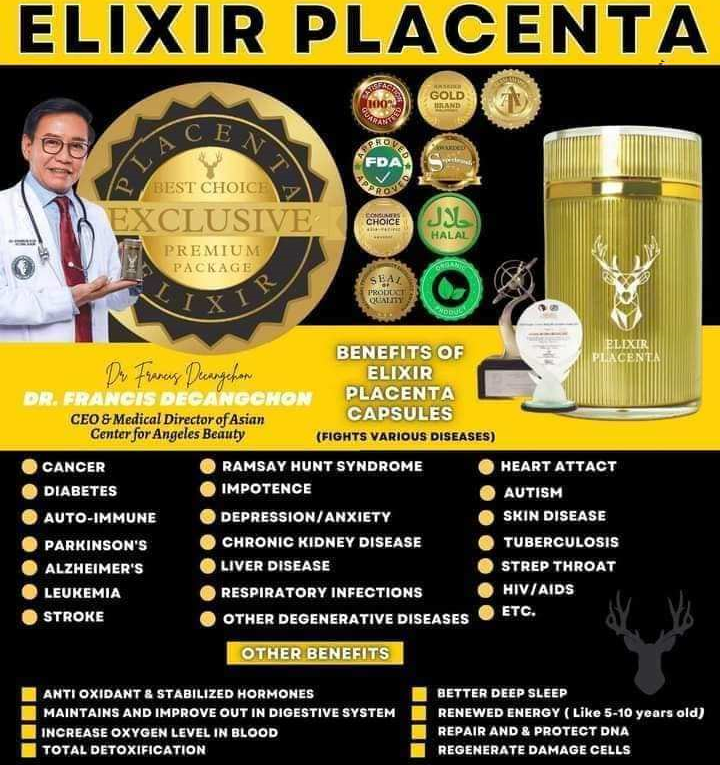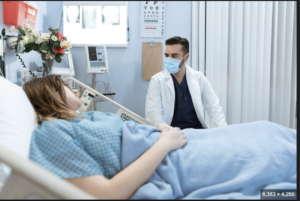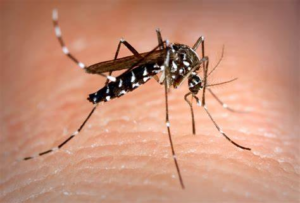Skin cancer: everything you need to know
5 min read
Skin cancer is by far the most common type of cancer, according to the American Cancer Society, and it’s also on the rise. We’re constantly hearing about the importance of sunscreen, and yet, cancer incidences continue to grow. Are we taking the health of our skin seriously?
Three most common types of cancer
The most common type, basal cell carcinoma, generally occurs on skin that’s most exposed to the sun, like the head and neck, according to the Mayo Clinic. This type of carcinoma has been linked to long-term exposure to UV radiation from sunlight.

The second most common type is squamous cell carcinoma, which develops in the middle and outer layer of the skin, according to the Mayo Clinic. These carcinomas have been linked to prolonged exposure to UV radiation, either from sunlight or from tanning beds or lamps.
Melanoma is the least common and the deadliest type of skin cancer. This type of carcinoma occurs in the cells that produce melanin, the pigment that gives our skin its color. Like the other two types, melanoma has also been linked to exposure to UV radiation, according to the Mayo Clinic.
On the rise
Melanoma is on the rise among people under 40, particularly women. Incidences have doubled since the 1980s, which is likely related to the popularity of tanning beds of recent decades, Allure reported.
Darker skin tones don’t develop cancer
This is a myth. Dr. Monica L. Halem told Reader’s Digest that cancer occurs in patients of all skin types.
Skin cancer is not limited to the skin
Just like the sun hurts your skin, it equally hurts your eyes. According to the Skin Cancer Foundation, the eyelid region is prone to non-melanoma skin cancers, accounting for 5% to 10% of all skin cancers.
What you need to know about sunscreen
The higher the SPF does not necessarily mean the better. Dr. Andrette Ward told Reader’s Digest that sunscreens with an SPF higher than 50 do not provide additional protection from UVB radiation. Here’s how it works.

Sunscreen
A 15 SPF sunscreen protects against 93% of UVB rays, while an SPF of 30 screens out 97% and a 50 SPF screens 98%. Anything above 50 is about the same, Dr. Andrette Ward said in the same interview with Reader’s Digest. There’s a catch, however.
The problem with the SPF terminology
The famous SPF—sun protection factor—measures a sunscreen’s ability to filter UVB rays but not UVA rays. What’s the difference?
UVB
UVB refers to a specific wavelength of rays (280 to 315 nm) that affects the outer layer of the skin, and they cause a sunburn, according to the US Department of Health and Human Services.
UVA
UVA refers to a different wavelength of sunlight (315 to 400 nm) that penetrates the skin’s thickest layer. And it doesn’t cause a sunburn, which is why it’s harder to protect against it.
Broad spectrum
You may recognize these words from your sunscreen bottle. This generally means that the sunscreen protects against a broad range of wavelengths, including both UVB and UVA. But these vary from country to country depending on regulations.
USA vs. Europe
The Food and Drug Administration hasn’t approved the ingredients in high SPF sunscreens, which means they may or may not work to protect against UVB and UVA, according to Reader’s Digest.
Additionally, the standard in the US is lower for UVA protection in sunscreens compared to Europe, according to the Environmental Working Group.
How to block UVA?
According to Dr. Monica L. Halem in an interview with Reader’s Digest, zinc is still the best UVA blocker.
Other protective measures
Sunscreen is a popular and effective way to protect against UV rays, but it isn’t the only way. The most effective way to protect against sun damage is by using a combination of tactics.
UVA streams through glass
Many people, particularly Americans, tend to have sun damage on the left side of their bodies. Why? Cars. UVA rays pass through glass, according to the Skin Cancer Foundation.
How to protect your skin while driving
One way is to apply broad spectrum sunscreen with an SPF of 15 or higher to the face, arms, hands, and neck and also wear UV-blocking sunglasses, the Skin Cancer Foundation suggests. Another good measure is to tint your car windows with a UV-protective film.
Wear hats
This is particularly important for men with thinning hair or who are bald, since they are at greater risk of developing skin cancer on top of their heads, the Skin Cancer Foundation warns.
Don’t let those clouds fool you
The sun is still the sun, whether you see it or feel it. It’s crucial to wear sunscreen every day, regardless of temperature or what the sky looks like.
Winter
The previous tip is particularly relevant for those who practice winter sports, since snow highly reflects UV rays, which means exposed skin might be at greater risk in the snow, according to the Better Health Channel.
Avoid tanning beds and booths
As previously mentioned, some researchers believe artificial tanning is behind the uptick in skin cancer diagnoses in the US. The use of tanning beds before the age of 35 can increase the risk for melanoma by more than 50%, Dr. Steven Q. Wang told Allure.
Dark-skinned people are also at risk
Incidences of skin cancer are lower among people of color, but when it occurs, it takes longer to be diagnosed and the consequences are more serious, Dr. Andrette Ward told Reader’s Digest. So, wear sunscreen and take other protective measures regardless of your skin tone.
Protective clothing
Today, several brands offer clothing with sun protection in its fabric. This special clothing carries a UPF (ultraviolet protection factor) rating designed to provide extra protection, according to the Skin Cancer Foundation. Professionals recommend a UPF label of 50, according to Reader’s Digest.
Reapplying sunscreen is key
Most of us apply sunscreen in the morning and that’s that. Though that’s great, sunscreen must be applied every two hours, especially if you’ve been swimming or sweating. Don’t forget that water-resistant does not equal waterproof, reminds the American Cancer Society.
Children need more protection
Kids are not only more sensitive to the sun, they also tend to spend more time outside, so be sure to take extra protective measure when dealing with them.
Tanned skin is damaged skin
There is no such thing as a healthy tan, according to the World Health Organization. A suntan is always a sign of damage, so take protective measures at all times.
Skin cancer can and does kill
There exists a misconception that skin cancer doesn’t kill. It does. In the UK alone, 2,285 died from it in 2016.
Check your body daily
Most skin cancers are first detected by patients, not doctors, according to the American Society for Dermatologic Surgery. Check your skin and always be on the lookout for any changes in color, texture, or shape and talk to your doctor if you feel something is off. Early detection is the key for a successful treatment.
Sources: (Mayo Clinic) (HHS) (Environmental Working Group) (Skin Cancer Foundation) (Allure) (Better Health Channel) (Reader’s Digest) (American Cancer Society) (WHO)



